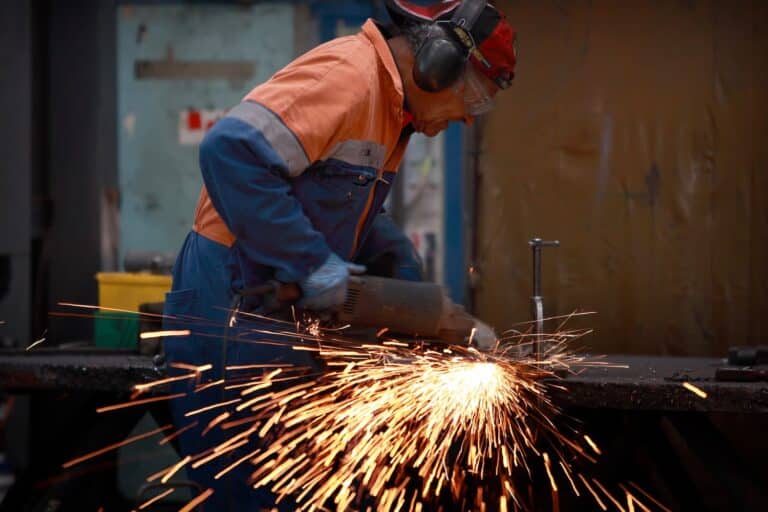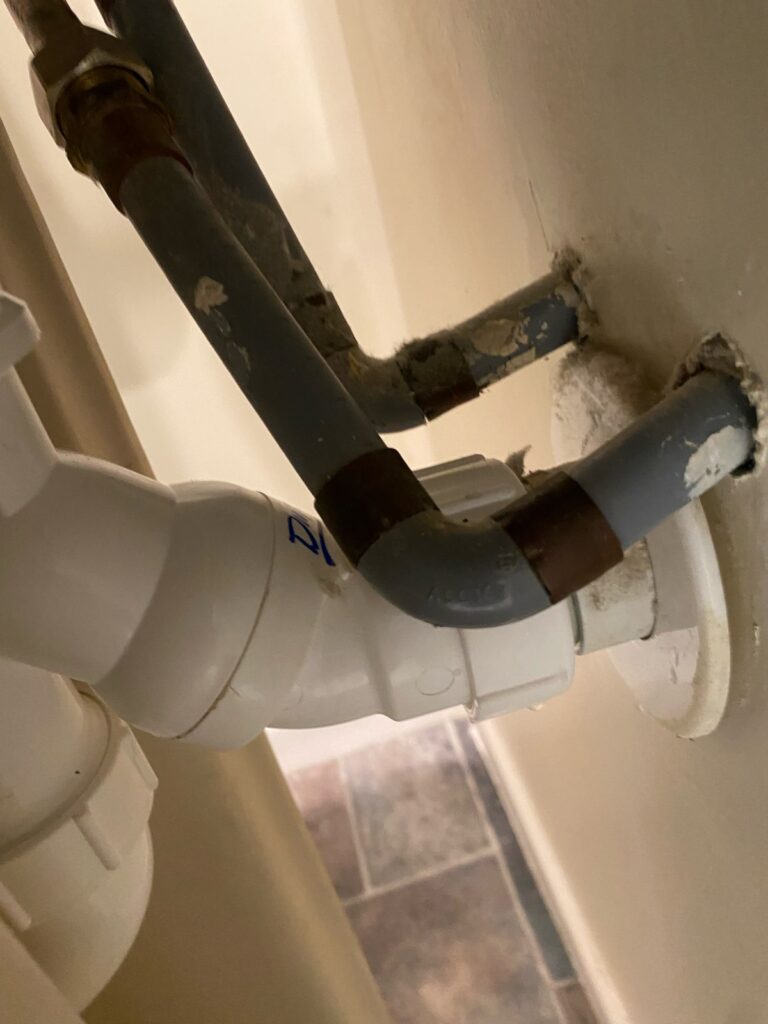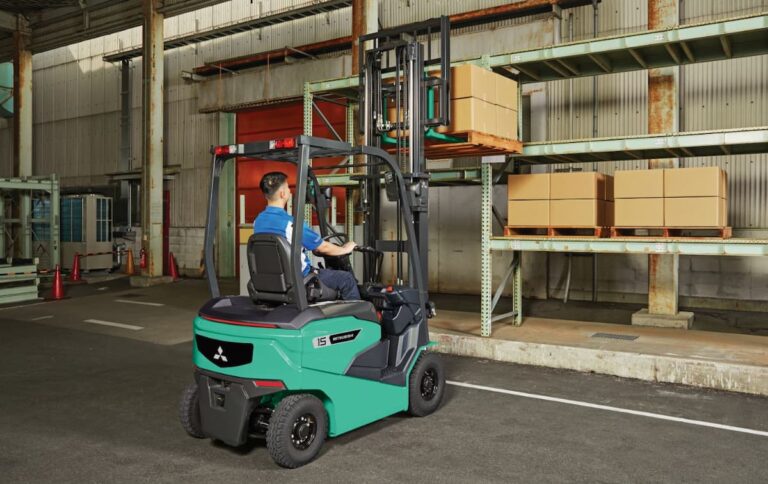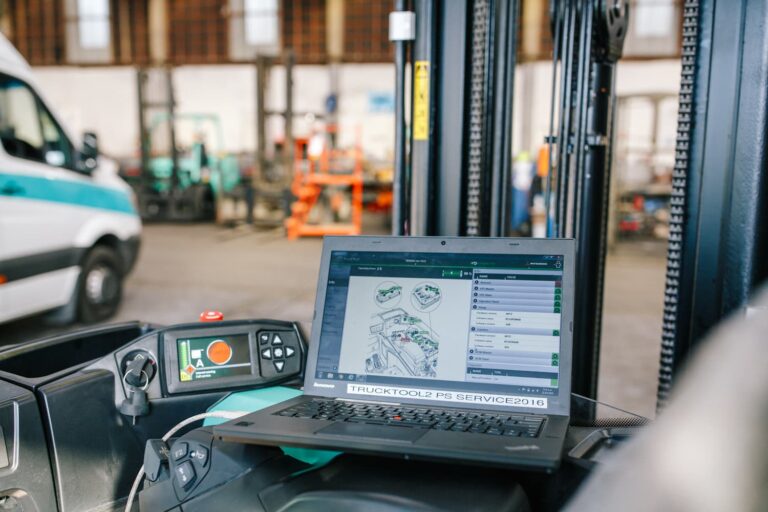Forklift attachments are essential tools that can significantly boost productivity by adapting forklifts to specialised tasks. By using the right attachment, a forklift can transform into a versatile machine, expanding its functionality beyond standard load-lifting.
The process of selecting the correct attachment, however, requires careful consideration of the specific job, environment, and industry needs. In this guide, we’ll explore different types of forklift attachments, essential factors to consider in the selection process, and how to choose the best options based on industry demands.
Understanding Forklift Attachments and Their Role
Forklift attachments are specialised add-ons that modify the base functionality of forklifts. These attachments range from simple extensions to complex hydraulic systems, designed to handle specific materials or accomplish unique tasks.
Beyond enhancing versatility, attachments contribute to safety by ensuring loads are secure and manageable, and they help reduce wear on the forklift’s forks, which can prolong equipment life. Common attachments include fork extensions for extra reach, side shifters for precise positioning, and clamps for gripping various load types.
Factors to Consider When Choosing Forklift Attachments
Job Requirements and Load Types
Each job presents different load-handling requirements. For example, lifting standard pallets may only require basic forks, while handling delicate barrels or oversized loads might call for specific clamps or fork extensions. The type of load—its shape, size, and weight—greatly impacts the attachment choice, as using the wrong type can lead to unsafe conditions or damage to the goods.
Environment and Space Constraints
The work environment dictates whether certain attachments are suitable. Indoor spaces may have height restrictions or narrow aisles that can limit attachment options, while outdoor jobs might require attachments that can withstand various weather conditions. In tight spaces, attachments like side shifters, which allow for precise lateral movement, can be essential for safe and efficient operation.
Forklift Capacity and Compatibility
Every forklift has a specific lifting capacity, which decreases when attachments are added due to their additional weight. Exceeding this capacity risks tipping or damaging the forklift. Always verify that an attachment is compatible with the forklift model to avoid these risks and ensure safe operation.
Attachment Versatility and Future Needs
Investing in versatile attachments can be a cost-effective choice for companies with evolving needs. For instance, multi-purpose clamps or adjustable fork extensions allow operators to handle various tasks without frequent attachment changes. When selecting attachments, consider both current job requirements and any foreseeable future needs to avoid unnecessary expenses.
Types of Forklift Attachments and Their Applications
Fork Extensions
Fork extensions are ideal for reaching further, accommodating oversized or double-pallet loads. They’re commonly used in warehouses and factories where larger loads are handled.
Rotators
Rotators allow forklifts to rotate loads up to 360 degrees, making them perfect for applications that require dumping or turning materials, such as waste management or food processing industries.
Clamps (Paper Roll Clamps, Bale Clamps, etc.)
Clamps are designed to handle specific types of loads, such as paper rolls or bales, without the need for pallets. They’re widely used in industries dealing with bulky or irregularly shaped materials.
Side Shifters
Side shifters allow operators to adjust the forks left or right without moving the forklift itself, which is useful for precise positioning of loads. They are especially beneficial in confined spaces.
Jibs and Booms
Jibs and booms extend the forklift’s reach vertically, enabling it to lift loads from above. These attachments are commonly used in construction and heavy materials handling.
Work Platforms
These attachments transform forklifts into elevated work platforms, allowing personnel to safely reach heights for maintenance or inventory tasks.
Multiple Load Handlers
Multiple load handlers enable the forklift to carry two or three pallets simultaneously, greatly improving efficiency in high-volume operations such as warehousing.
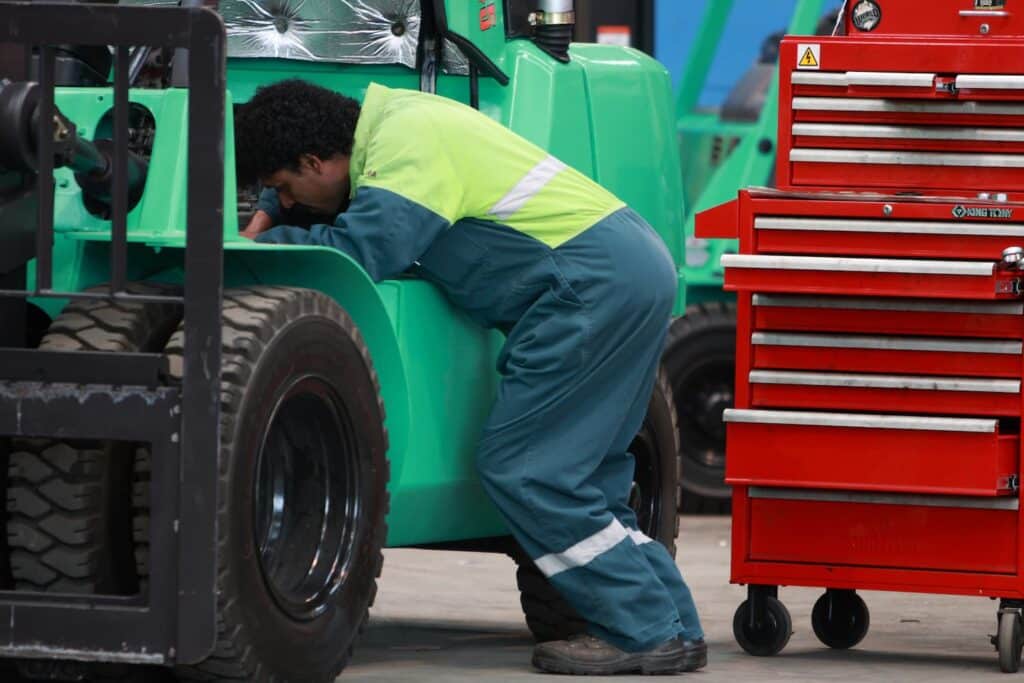
Safety and Operational Considerations
Weight and Stability Concerns
Attachments impact the forklift’s centre of gravity, which can affect stability. Always consider the additional weight and adjust maintain balance and control, especially with heavier or bulkier attachments.
Training Requirements for Operators
Operators should be trained specifically on how to use each attachment type. Familiarity with attachment-specific controls and safety procedures is essential to minimise risks and optimise productivity.
Routine Inspection and Maintenance
Regular inspection of attachments is crucial to ensure they remain in good working condition. Check for signs of wear, such as cracks or leaks in hydraulic components, and address any issues promptly to prevent operational hazards.
Compliance with Safety Standards
Each attachment must meet safety standards to ensure it’s safe to use. Refer to industry regulations and manufacturer guidelines to verify compliance before using any attachment.
Choosing Attachments Based on Industry Needs
Warehousing and Distribution
In warehousing, attachments like side shifters and fork positioners streamline load positioning and management. Pallet handlers and multiple load handlers are also beneficial for quickly moving large volumes of goods.
Construction and Heavy Materials Handling
Construction often requires attachments that handle heavy and oversized materials, such as jibs, booms, and multi-load handlers, which allow for safe and efficient lifting of materials on-site.
Food and Beverage Industry
For food and beverage companies, rotators, clamps, and carton clamps are essential attachments, particularly for handling crates, barrels, and containers without causing damage to the products.
Waste Management and Recycling
Waste management facilities often benefit from rotators, bucket attachments, and refuse clamps. These attachments allow forklifts to securely handle loose or bulk materials and simplify dumping processes.
Cost Considerations and ROI
Initial Investment vs. Long-term Benefits
While attachments can be an investment, choosing the right ones can yield significant long-term benefits by improving efficiency and reducing labour costs. Calculate the potential return on investment (ROI) to evaluate whether an attachment is worth the upfront cost.
Potential for Increased Efficiency and Reduced Downtime
The right attachment can save hours of work by allowing operators to handle loads more efficiently. This reduced handling time can minimise downtime and boost productivity, making the investment more worthwhile.
Financing Options and Manufacturer Warranties
Many attachment manufacturers offer leasing or financing options, which can be helpful for companies on a budget. Additionally, look for attachments with warranties to safeguard against potential defects or premature wear.
The Bottom Line
Selecting the right forklift attachments involves more than just finding one that fits—it requires careful analysis of job requirements, load specifics, and industry needs. Attachments can enhance productivity and safety, but only if they’re chosen with consideration for capacity, compatibility, and operator training.
For any business using forklifts as part of daily operations, consulting an expert before making a purchase can ensure the best attachment choice for specific applications. With the right attachment, forklifts become powerful, versatile machines tailored to meet the demands of any job.
Get your business noticed by creating an online directory listing. Listings are FREE and you can create as many as you need.
- Get found by locals
